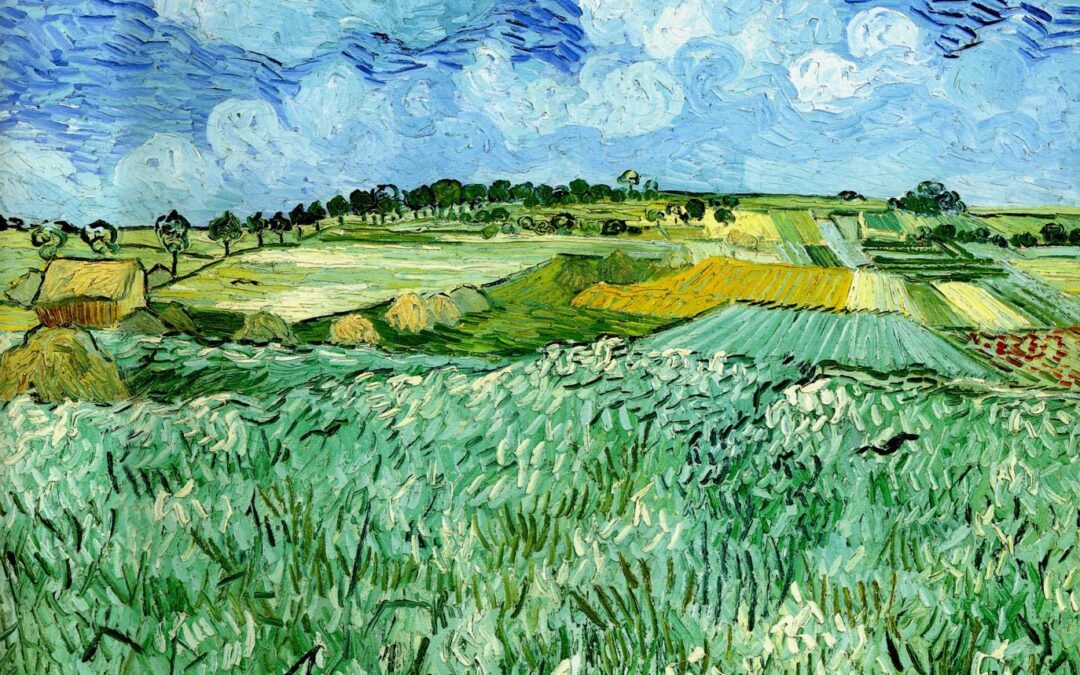Between 1882 and 1890, five artists—Vincent van Gogh, along with Georges Seurat, Paul Signac, Emile Bernard, and Charles Angrand—flocked to villages on the fringes of Paris. Unlike the earlier Impressionists, who in the previous decade had spent significant time in suburban locations further from the city, this next generation of ambitious artists preferred the northwestern suburbs around Asnières. This area along the Seine River had long been a popular spot for recreation and relaxation but was becoming increasingly populated with coal, gas, and manufacturing facilities in the last decades of the 19th century. And while its industrial development was an unappealing aspect to many, these artists found in the changing physical and social landscape a fresh and rich source of creativity, as Van Gogh’s letter indicates.More than 75 paintings and drawings from this intensely creative period—many from private collections and rarely publicly displayed—come together for this insightful presentation. Among them are 25 works by Van Gogh, including paintings from all three triptychs that he executed in these suburbs. Uniting these outstanding works in this exhibition not only sheds new light on the boundary-pushing techniques Van Gogh and his fellow painters developed during this time, but it also illuminates the power of place to inspire—to encourage pioneering work, launch career-changing ideas, and shape artistic identities.
Van Gogh and the Avant-Garde: The Modern Landscape | The Art Institute of Chicago (artic.edu)
